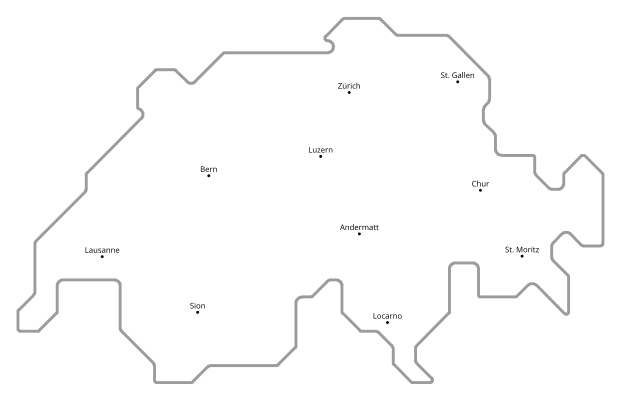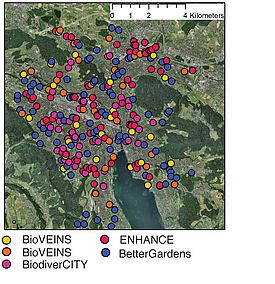16.09.2021 | Lisa Bose | News WSL
Rare animal species can be found even in the centre of cities. This is shown by biodiversity maps of the city of Zurich, produced for the first time by the Swiss Federal Institute for Forest, Snow and Landscape Research (WSL). Biodiversity in cities, and urban habitats in particular, need to be protected – not only for nature conservation reasons, but also as a safeguard against climate change.
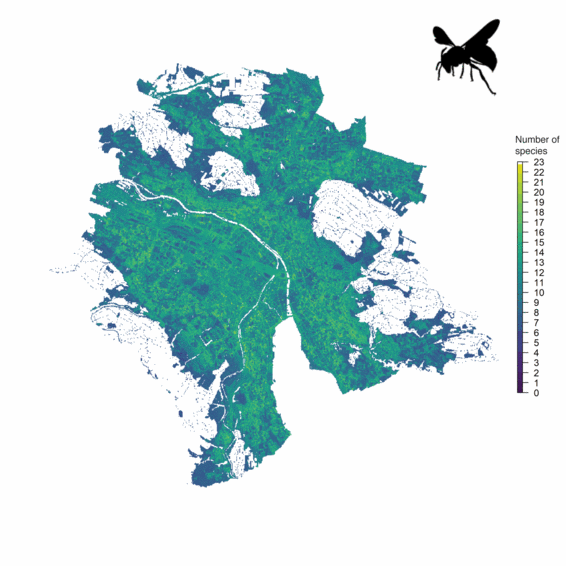
Towns and cities are far more diverse ecosystems than is commonly assumed. This is the surprising conclusion reached by Joan Casanelles Abella, a PhD student at WSL, who has created biodiversity maps for the Zurich city area as part of the BioVEINS project. These maps could help to protect locations with a high level of biodiversity, for example by preventing them from being built on.
To produce these maps, Casanelles Abella was able to draw on a unique treasure trove of data. Over the past 10 years, WSL has been investigating the presence and distribution of various animal species in the city of Zurich, in a number of studies led by biologists Marco Moretti and Martin Obrist. The resulting inventory includes a total of 1,446 animal species from 12 taxonomic groups. Very few cities have such detailed information about the biodiversity in their locality. In addition to data on the distribution of various bird and insect species, WSL also has information on the occurrence of species groups that have not yet been studied in great depth, such as snails and myriapods (centipedes, millipedes, etc.).
Analyses have found that the city boasts a great diversity of species within the animal groups examined. Alongside a handful of very widespread species such as the house sparrow (Passer domesticus) and the Narcissus bulb fly (Merodon equestris), which are well suited to the urban environment, Zurich is also home to many rare species such as the red wasp (Vespula rufa), a social wasp that nests underground, and the western yellow centipede (Haplophilus subterraneus), which was found in just one of 85 gardens examined.
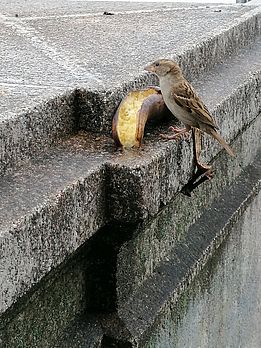
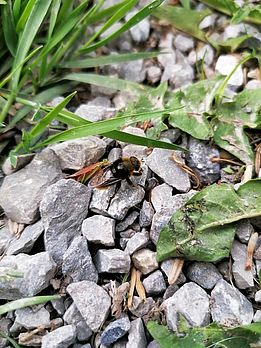
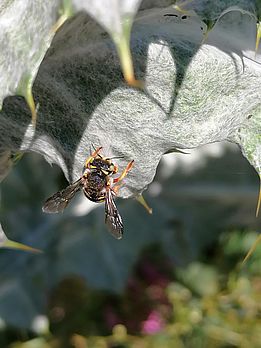
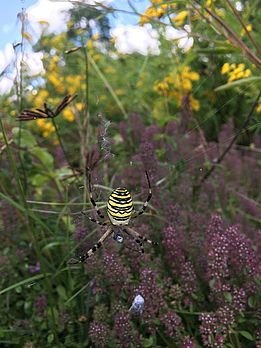
Biodiversity hotspots
Casanelles Abella used a computer model to combine the distribution data with information about the environment, such as the local climate or the type of green space management. This model can predict the occurrence of a species or group of species in the urban area. "We only had snapshots of our selected sample areas, but thanks to the model we can estimate the potential scale of biodiversity in the city of Zurich," the PhD student explains. He converted this information into graphic form, creating maps for different species groups showing the biodiversity hotspots and coldspots, i.e. areas in Zurich with high or low levels of biodiversity. "Our modelling method could also be used in other cities, if the available data are good enough," says Casanelles Abella.
These maps show that locally rare species such as the oblong wool-carder bee (Anthidium oblongatum) and the wasp spider (Argiope bruennichi) can be found even in the heart of Zurich. Rather than following a clear ecological pattern, the distribution of these unusual species is more likely to be determined by local factors such as microclimate or how a space is managed. "The city as a whole is therefore a valuable habitat for animals, and one that must be protected, as envisaged in the Action Plan for the Swiss Biodiversity Strategy," says Casanelles Abella.
He adds that protecting the city's biodiversity could have benefits for its human residents too: "Every additional green space is not only a habitat for flora and fauna, but can also help to reduce heat in the city." Biodiversity protection can therefore be combined with the need to adapt to climate change, which the City of Zurich is currently addressing with its heat mitigation planning.
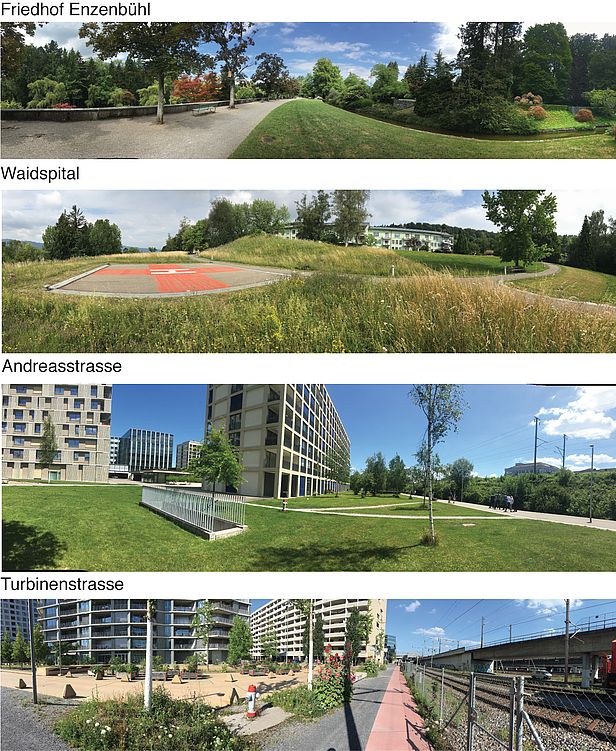
Contact
Links
Publications
Copyright
WSL and SLF provide the artwork for imaging of press articles relating to this media release for free. Transferring and saving the images in image databases and saving of images by third parties is not allowed.
